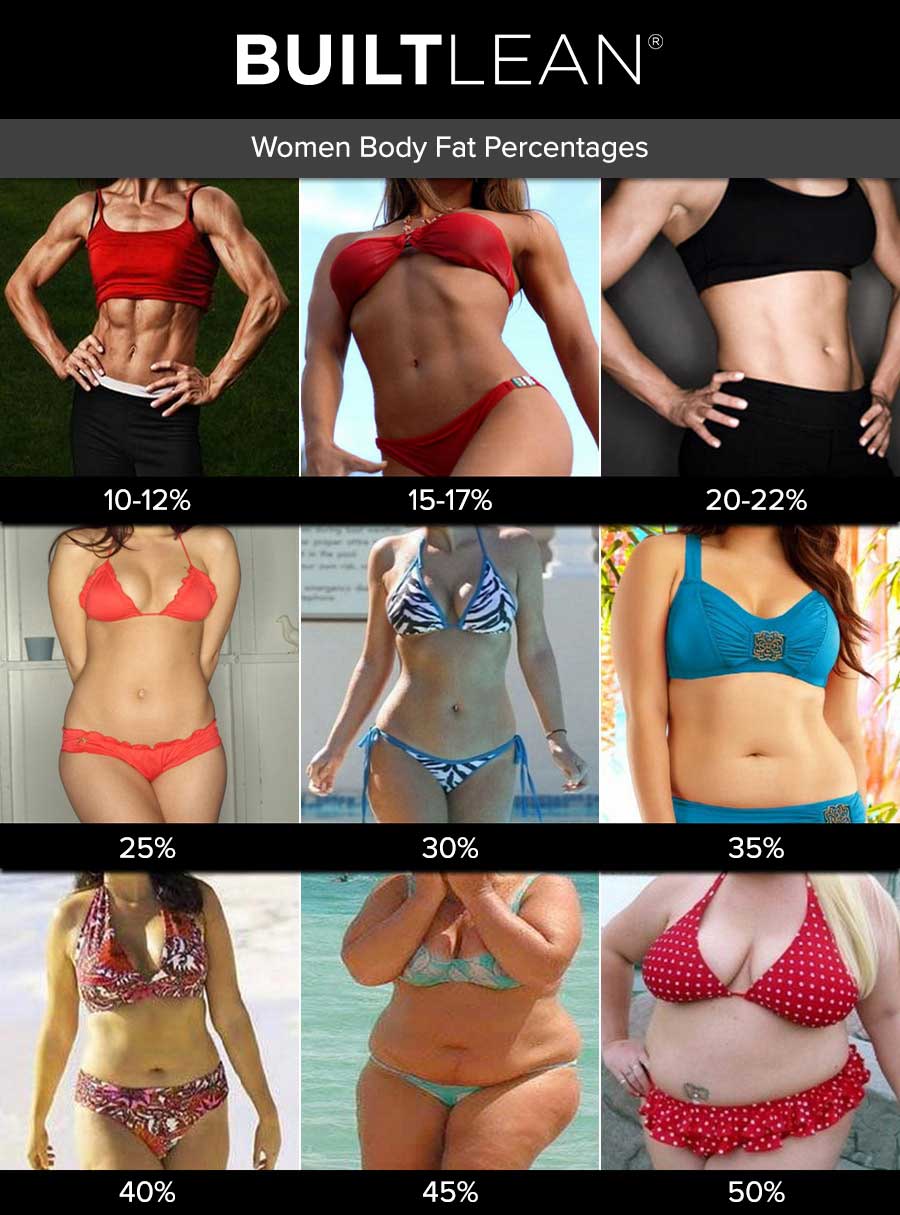I am going to try the "eat more" thing again.....
Replies
-
I am going to book mark this page. I plan to come back if I run into any problems. I appreciate the fact that there was only helpful people responding instead of ...well..... you know how it gets sometimes. Let's just leave it at that! Anyhoo, I'm eager to see how I do on this. Thanks again!0
-
Sigh. I am not new to weight loss. I was obese for 10 years a long time ago, lost the weight, and maintained it for 7 years at 105 lbs before I got pregnant. When I was losing the weight, the last 5 months look the longest to get to weight goal. Very little weight loss along the way.
Like I said, again, it doesn't matter to me. I eat enough to keep myself healthy, happy and energetic enough to lift weights. That's more important to me to be fit than being obsessive and complaining about why I am not losing weight as I reach closer to my goal.
Peace out.0 -
I never had trouble losing weight until I quit smoking 7 years ago. I went from weighing 125 to 165 it seems overnight. since I was able to get the eating under control 20lbs just fell right off. I have never been able to get below 145 since. My current weight is partially from 1) having a second baby 2) a hyperactive thyroid. (I know, I was surprised it didn't go the other way too) 3) a vitamin D deficiency and 4) candida. I have been peeling layer after layer back here to get my body back on track. It just takes work and patience.
I will say this of my thyroid, I had multiple cysts on my thyroid, my endocrinologist said the reason I had trouble losing weight was because of the increase in appetite, my thyroid was fast enough to make me hungry but not fast enough to burn off the extra energy.0 -
bump0
-
this might help

Women Categories
Category 1: Less than 24% body fat.
Category 2: 25-35% body fat
Category 3: 35% > body fat.
Below is the formula to calculate your deficit.
Category 1 = multiply TDEE by .90
Category 2 = multiply TDEE by .85
Category 3 = multiply TDEE by .80
This is great! And, for me, quite consistent with the numbers I've found on the various TDEE calculators.0
This discussion has been closed.
Categories
- All Categories
- 1.4M Health, Wellness and Goals
- 398.1K Introduce Yourself
- 44.7K Getting Started
- 261K Health and Weight Loss
- 176.4K Food and Nutrition
- 47.7K Recipes
- 233K Fitness and Exercise
- 462 Sleep, Mindfulness and Overall Wellness
- 6.5K Goal: Maintaining Weight
- 8.7K Goal: Gaining Weight and Body Building
- 153.5K Motivation and Support
- 8.4K Challenges
- 1.4K Debate Club
- 96.5K Chit-Chat
- 2.6K Fun and Games
- 4.8K MyFitnessPal Information
- 12 News and Announcements
- 21 MyFitnessPal Academy
- 1.5K Feature Suggestions and Ideas
- 3.2K MyFitnessPal Tech Support Questions



